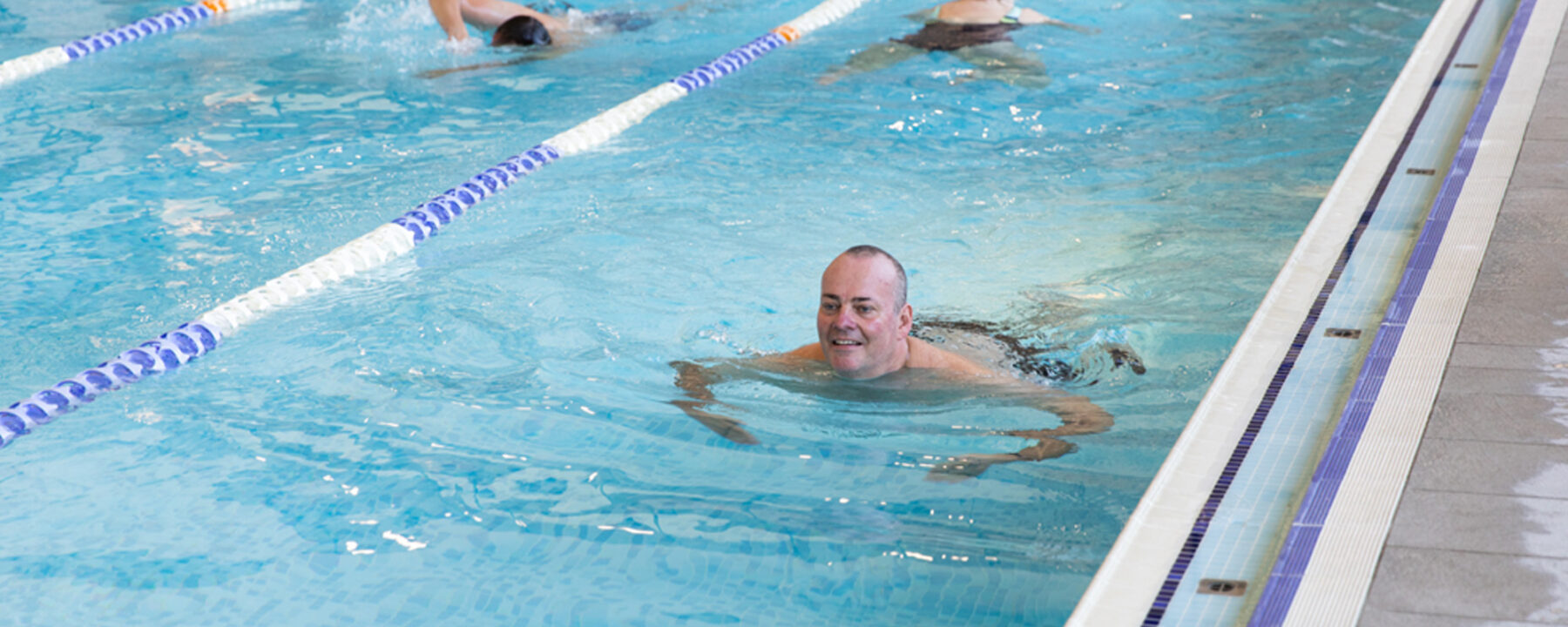
Physio Facts - Hydrotherapy
Hydrotherapy
As I promised, I’m going to break up the residential rehab into the various elements and let you know a bit more about them, including why they are beneficial and how we go about each part of therapy. I’ll basically give you an insight into what we do here at Dorset Orthopaedic.
One of the best sessions during rehab is the hydrotherapy session. The majority of my amputees are a little wary about getting in the water, what with the whole process of being on pool side, being hoisted in, being able to swim and all that - but most people absolutely love it!
We go to a local pool. We once used a private pool but it was hard to transfer the skills clients learnt during rehab to their facilities back home. A lot of the anxiety around going to the pool was about transferring and being exposed around other people. Venting all this anxiety and getting through it with someone to guide you is much easier than going it alone.
We have a changing village so that male and females can go into the same changing area where there are closed cubicles and lockers. The accessible changing area has an electric bed, shower stool and wet wheelchair to transfer into so you can get to poolside.
The lifeguard staff are super friendly and see us almost every week so are brilliant with the more nervous clients. The hoist is a solid chair that gets lowered into the water and then off we go! I’ll get in the water the first few times and then assess and instruct from the pool side once patients have got their confidence up.
Generally we do deep water jogging, where you wear a floatation belt around your middle and then run through the water. This helps with gait re-education on land. After about 15-20 minutes we do some core exercises and stretches and, for those that want it, some swimming to practice different strokes and techniques.
The potential benefits of hydrotherapy:
- Being in water offloads your joints so that they take less load. This is especially useful for people recovering from injury or surgery.
- Water also provides hydrostatic pressure, which is essentially the weight of the water on your body. This pressure helps with reducing swelling.
- Increase mobility by exercising without the fear of falling or putting high loads through the joint.
- Reduces pain and muscle spasm by increasing blood circulation and providing muscles with heat to help them relax. Some patients also report that phantom sensation and general pain reduces during a hydrotherapy session.
- Strengthens weak muscle groups. This is especially useful for early stage patients who would not be ready for strength exercises in a gym.
- Re-educate normal movement patterns. This works by your brain getting used to reciprocal movement through the water that is unhindered by prosthesis technique and the fear of falling.
- Provides an alternative to cardiovascular training. Deep water jogging reduces the loading but still provides stimulus to improve cardiovascular fitness.
Please email Beth with any questions you may have - bethl@dorset-ortho.com
